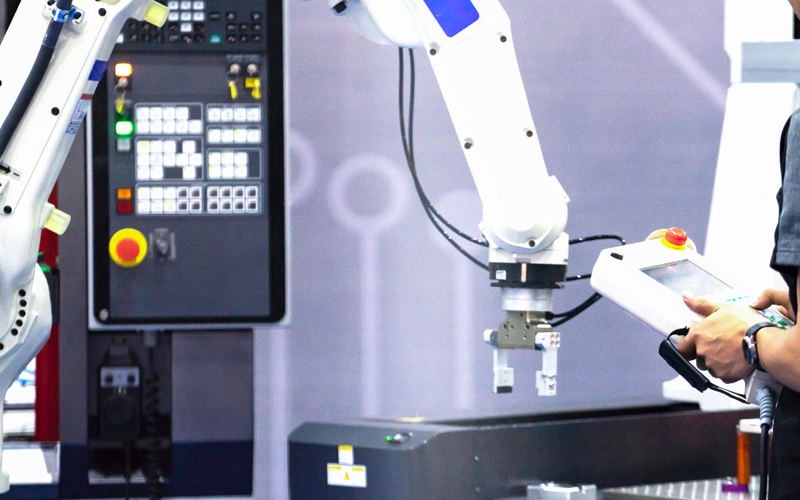Process automation is revolutionising processes across sectors. Process-driven automation, which is used to automate a set of tasks from within a process, can apply to anything from invoicing, sales orders, accounting reconciliation, data entry, system queries, payroll, employee or vendor onboarding, or staff terminations. The rationale is to target a process that has a series of sub-processes comprising several repetitive tasks.
Choosing the ideal process for automation
In the world of operations each process holds its own significance, be it a simple rule-based process or a complex process with intricate sub-processes. Simple processes can be easily automated while complex processes need to be evaluated on what makes them complicated. Several aspects of a process can contribute to this factor.
- Process duration: A process may require navigating across numerous screens to perform different tasks, adding to the turnaround time (TAT) of the process.
- Multiple handoffs across departments: Dependency on various teams to perform dedicated tasks sequentially in a process, in order to produce an output, can add to the complexity of a process.
- Process dependent on human intelligence: The success of some processes is rooted in human intelligence. For example, attempting to gauge the needs of a customer simply from texts or emails is impossible and requires human involvement, hence it becomes difficult to automate.
True optimisation comes with the best possible use of resources to extract maximum value. Hence, before automation, a smarter approach would be to explore if there is any scope to streamline the existing process - either by elimination of non-value add activities (NVA), or process re-engineering. Jumping to automation without completing this analysis can be detrimental to organisations. If a process is riddled with NVA steps, these will also get processed via automation. This eventually negatively impacts precious resources.
Tackling the obstacles to process automation
Once we identify the elements that add to the complexity of a process, it is essential to tackle them and create an automation possibility. Let’s have a look at how to resolve few of them.
- Reducing process TAT: Organisations can explore if the number of steps in a process can be reduced by deploying navigation shortcuts, process simplification, eliminating waste, etc.
- Inter-departmental coordination: Mapping and reducing dependencies, restructuring projects, breaking long chains of approvals, and investing in effective communication can manage inter-departmental coordination effectively.
- Standardising critical steps: Data collected from varied sources like emails, brochures, texts, etc. can be stored in a standardised format, template, or user form to portray information key insights and relevant details in a crisper format. This aids in faster and more accurate data collection and helps automate the tedious aspects of any process.
Post removal of NVAs and targeted process re-engineering, say ECRS (Eliminate, Combine, Re-arrange & Simplify/Standardise), organisations can assess processes via metrics such as AHT (Average Handling Time), Cycle Time, Accuracy etc., to evaluate the benefits of automation. When equipped with an understanding of how to improve customer experience, process automation can reap immense benefits for any organisation.
Taking the smart route to successful automation
It is a good practice to not only look at the time and cost savings, but also consider any potential downsides and examine how process automation will impact customer experience to ensure a positive outcome. By understanding the requirements for automation and setting a goal that needs to be achieved, businesses can identify a smart option and invest in the right technology for automation.
- Macros: Visual Basic for Applications (VBA) is bundled with MS Office and can be effectively used for MS Office Automation. All complex Excel computations, report generations, and letter generations on Word, MS Outlook emails etc. can be automated. In fact, MS Access also acts as a good database to hold a small amount of data (approximately 2GB) with limited users.
- Open-source programming solutions like Python, can also help in automating repetitive tasks to create process automations.
Using VBA or any open-source programming solution can help automate most small-scale processes at minimal or no cost. However, the following options are more applicable to large datasets and complex process/digital systems.
- Artificial intelligence: This solution is applied when the requirement is the ability of a machine to imitate human intelligence, that is, pattern recognition, spot shady transactions or potential frauds, predictive modelling, object recognition, and analyse large amounts of data to produce actionable insights and personalisation.
- Robotic Process Automation (RPA): This solution is for process automation that emulates human behaviour, helps in interacting with digital systems and applications to complete tasks, and can be used by employees who are unfamiliar with technical programming.
- Chatbots: For purposes such as marketing and customer service, chatbots are an excellent solution to automate manual interactions, and instead use human intelligence to analyse the data generated from it for strategic decision-making.
When it comes to automation, businesses need to be smart in discerning which software licenses are already available or permitted to be procured to reduce dependencies, as per organisation policies. While free software may offer cost savings, it is likely to be accompanied by risks and vulnerabilities. ROI is a key determining factor to kickstart an automation project. Hence, the benefits of automation should outweigh the costs and efforts invested in the project.
Automation systems need to be compatible and able to integrate seamlessly with existing systems. Not just the ones currently in place, but also those that will be implemented in the future. Businesses need to ensure that their automation systems are flexible and can evolve with future digital transformations, and scale with growth while also adapting to changing business needs.








